Wolf
The social order in the pack is characterized by a separate dominance hierarchy among females and males. In most areas wolf packs tend to remain within a territory used almost exclusively by pack members, with only occasional overlap in the ranges of neighboring packs.
Despite a generally high birth rate, wolves rarely become abundant because mortality is also high. In much of Alaska, the major sources of mortality are: predation by other wolves; hunting; and trapping. Diseases, malnutrition, and accidents also help regulate wolf numbers. Predation by other wolves is a major cause of death because wolves defend their territories from other wolves. Dispersing wolves (e.g., young adults) are common but they typically find little suitable habitat that is not already occupied by other wolves.

.jpg)




 Alaska Time
Alaska Time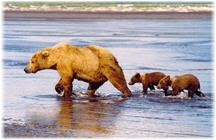








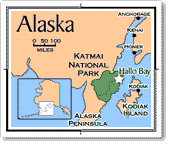

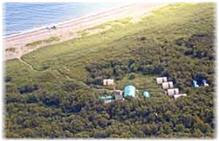


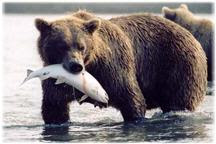
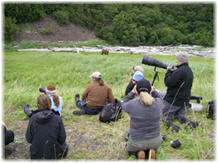




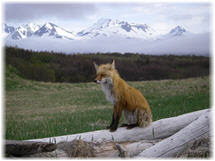


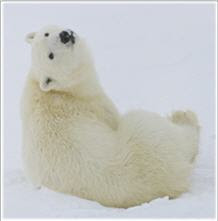







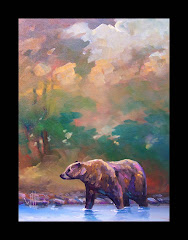





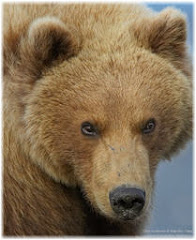




No comments:
Post a Comment